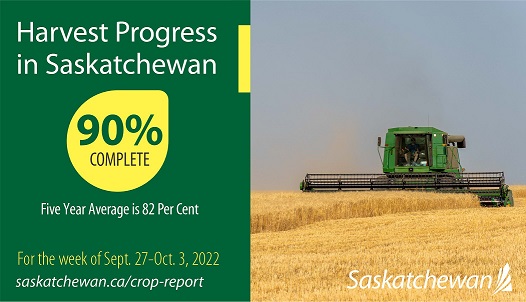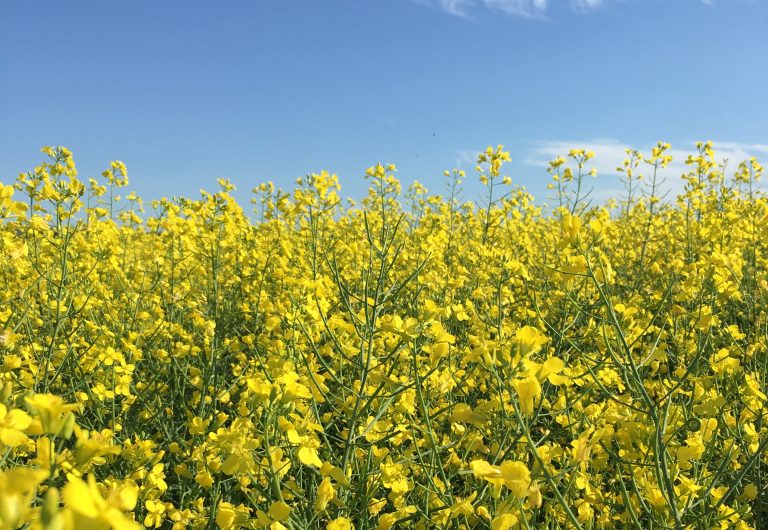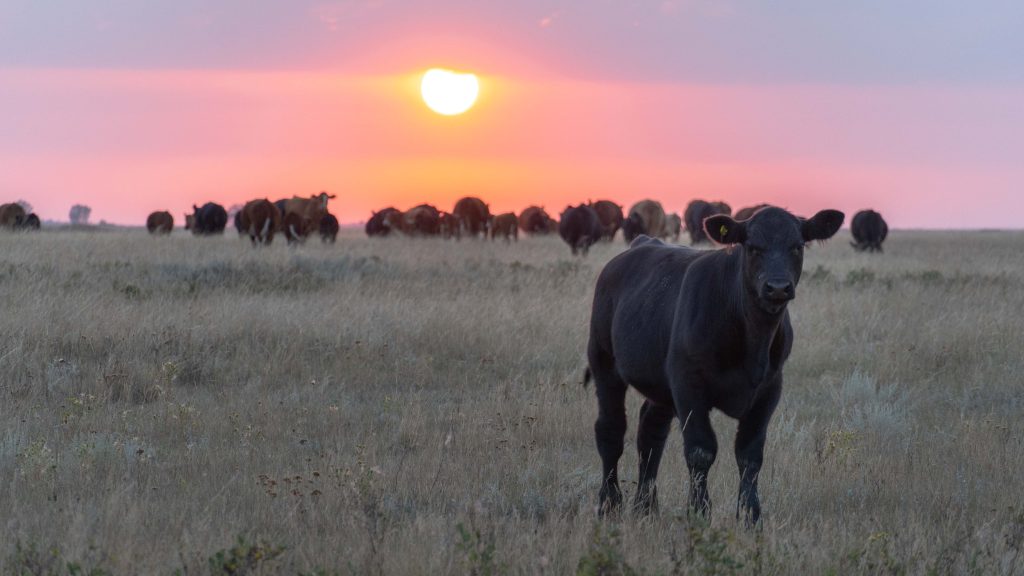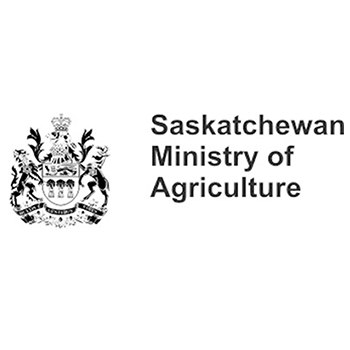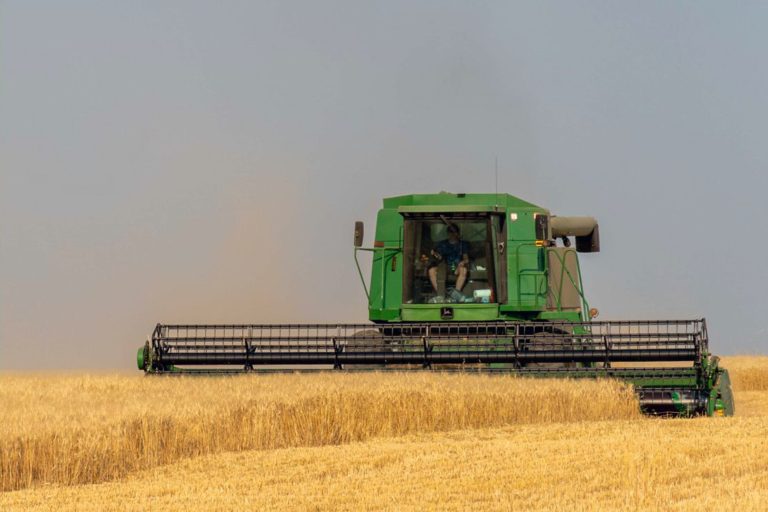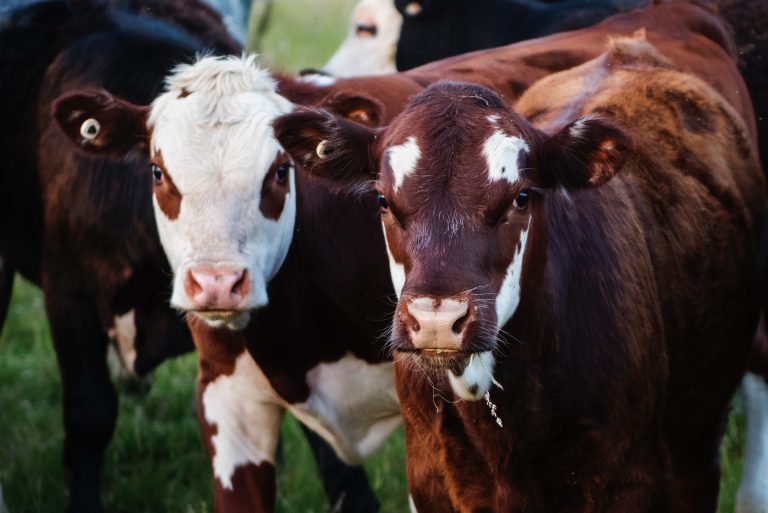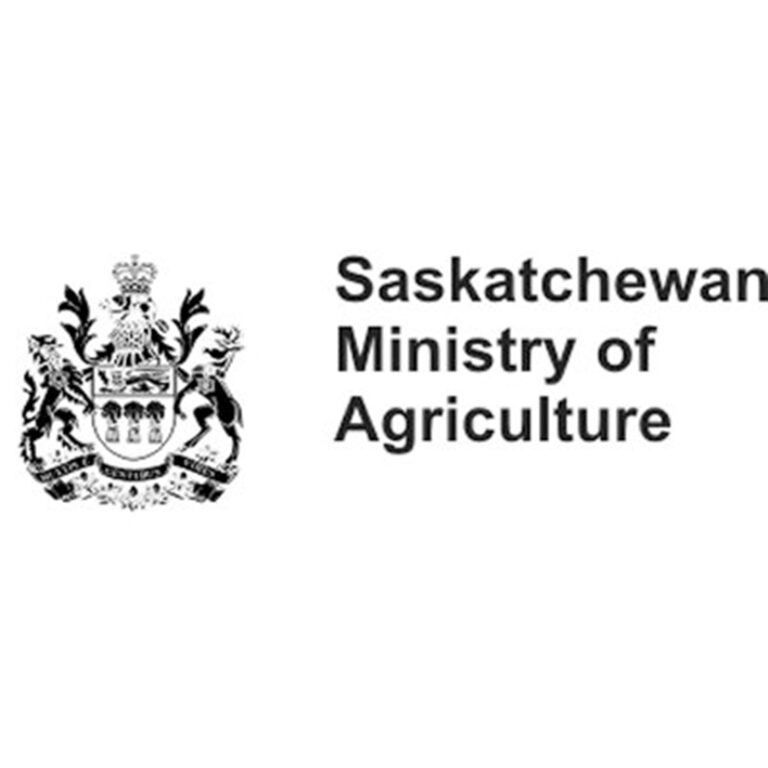MINISTRY OF AGRICULTURE
SUBMITTED
The weather over the past week was excellent for harvest. The province now has 90 per cent of the crop in the bin, up from 81 per cent last week and well ahead of the five-year average of 82 per cent. Some producers have been struggling with heavy fog and dew in the mornings that has delayed their harvest activities until the afternoon, making for short days and less progress. High humidity in many parts of the southeast, east-central and northeast is making it difficult to combine and has also led to grain coming off at higher amounts of moisture than normal. Producers must dry down the grain in order to store it properly.
Harvest in the southwest and west-central regions is virtually complete with mostly flax waiting to be harvested, which will likely occur after the next heavy killing frost. The northwest has 94 per cent of their crop off, the northeast 87 per cent, the southeast 86 per cent and the east central 81 per cent.
The harvest of lentils and field peas has finished. Ninety-eight per cent of the durum, 97 per cent of the chickpeas, 93 per cent of the spring wheat, 90 per cent of the barley, 82 per cent of canola and 66 per cent of the flax has been combined across the province.
Once again, there was very little rain this past week, with only trace amounts being recorded for most regions. Some parts of the southwest received two to three mm but it did very little to improve soil moisture conditions. All areas of the province are reporting that they are either extremely dry or becoming drier each week. This includes the southeast and east-central regions, which started the season with an abundance of moisture.
Cropland topsoil moisture is rated as 28 per cent adequate, 41 per cent short and 31 per cent very short. Hay and pasture land topsoil moisture is rated as 22 per cent adequate, 41 per cent short and 37 per cent very short.
Limited moisture throughout much of the harvest season has allowed crop quality to remain high, especially Hard Red Spring Wheat which is being reported as 75 percent 1CW, 23 per cent 2CW and two per cent 3CW. The ten-year average for Hard Red Spring Wheat is 39 per cent 1CW, 35 per cent 2CW, 17 per cent 3CW and nine per cent 4CW/feed.
The majority of crop damage this week was due to wind, waterfowl and wildlife. Wind continues to impact unharvested crops by blowing swaths around, as well as shelling out crops and causing lodging.
Producers are busy combining, hauling grain and bales and moving cattle. Some producers are also starting other fall field work, such as post-harvest weed control and harrowing. Winter cereals are not able to be planted in many areas due to the lack of soil moisture. Fall fertilizer applications are also not possible in many regions due to these dry conditions.
Northeastern Saskatchewan
Another week of good weather has allowed for great progress to be made across the region; many more producers have finished their harvest operations while others are very close to being done. Producers in the region have 87 per cent of the crop in the bin, well ahead of the five-year average of 75 per cent for this time of year. Producers were very nervous about a potentially long harvest, but thankfully, the weather has cooperated and they were able to get large amounts of their crop off without experiencing large losses due to frost or an early snowfall.
Like the rest of the province, very little precipitation was received and while that helped harvest progress it has also caused topsoil moisture to decline. Cropland topsoil moisture is rated as 63 per cent adequate, 36 per cent short and one per cent very short. Hay and pasture land topsoil moisture is rated as 55 per cent adequate, 44 per cent short and one per cent very short.
Yield estimates across the region appear to be very good and many producers are extremely happy with what they are seeing go into their bins. Hard red spring wheat is yielding 55 bu/ac, oats 113 bu/ac, barley 81 bu/ac, flax 30 bu/ac and canola 42 bu/ac. Some producers of course saw lower yields either due to drier conditions or complications earlier in the growing season.
Due to some rainfall in the end of August and early September, the region is seeing a lower amount of spring wheat being graded as 1CW. Quality ratings for hard red spring wheat has been reported as 67 per cent 1CW, 30 per cent 2CW and three per cent 3CW.
The majority of crop damage this week was due to wind blowing around swaths, waterfowl and wildlife. Farmers are busy combining, harrowing, spraying weeds, baling, and hauling bales.
Northwestern Saskatchewan
Producers in this region took advantage of great weather over the past week and have got 94 per cent of the crop in the bin, this is well ahead of the five-year average of 60 per cent. This region has experienced some difficult harvest conditions in the past few years with too much rain or even snow causing multiple issues. It is encouraging to see that producers have been able to wrap up harvest without too many major weather-related issues. Conditions are extremely dry and producers would like to receive rain soon and have it keep raining for a multiple days.
It was another very dry week across the region with only trace amounts of precipitation being reported. While the region saw more rainfall this year, it did not take long before the moisture dried up; cropland topsoil moisture is rated as 15 per cent adequate, 62 per cent short and 23 per cent very short. Hay and pasture land topsoil moisture is rated as 13 per cent adequate, 59 per cent short and 19 per cent very short.
Even though much of the region experienced multiple weeks between rains, crop yield estimates are much higher than expected by many producers. Hard red spring wheat is yielding 53 bu/ac, oats 100 bu/ac, barley 74 bu/ac, flax 30 bu/ac and canola 40 bu/ac. Hard red spring wheat is also rated as 79 per cent 1CW, 20 per cent 2CW and one per cent 3CW.
The majority of crop damage this week was due to wind, wildlife and waterfowl. Wind has been blowing swaths around but has also helped to dry some of the crop in the field.
Farmers are busy combining, drying grain and moving bales.

